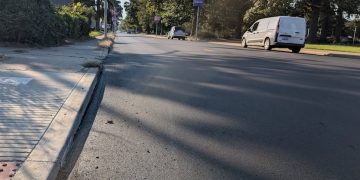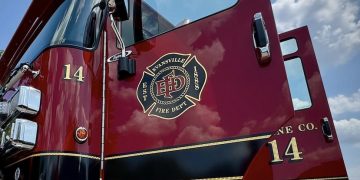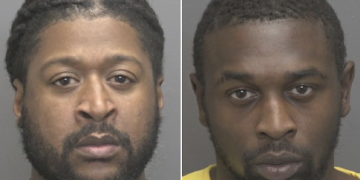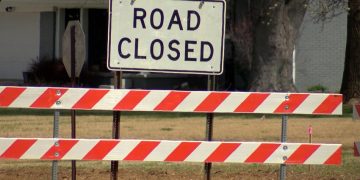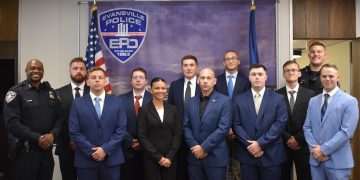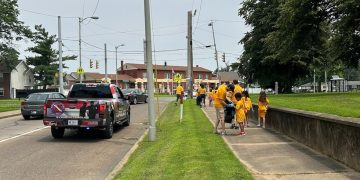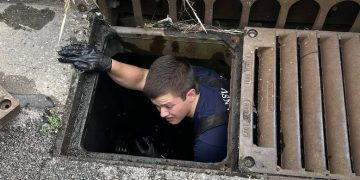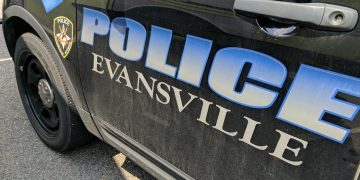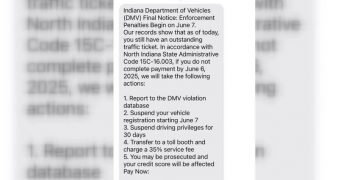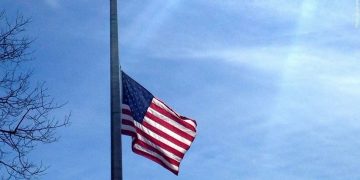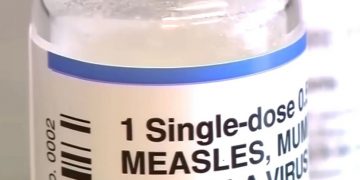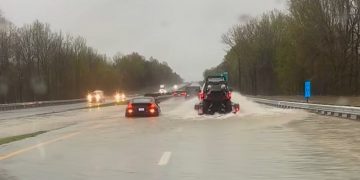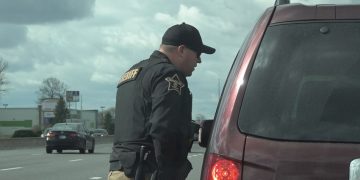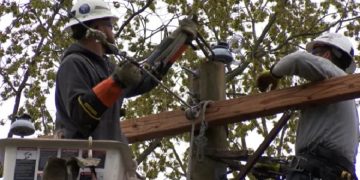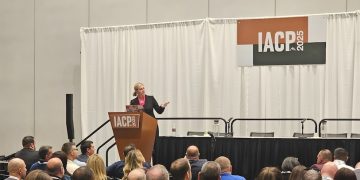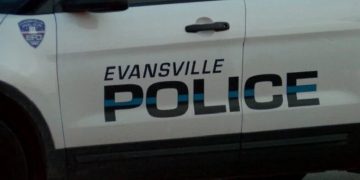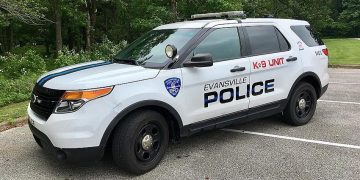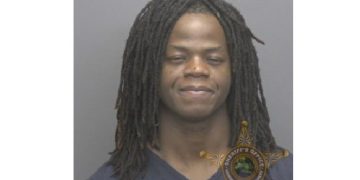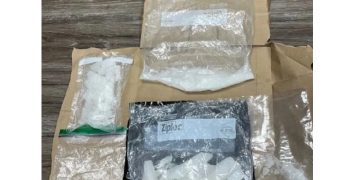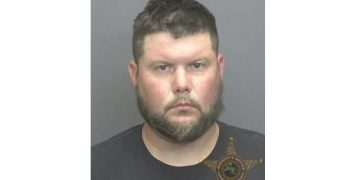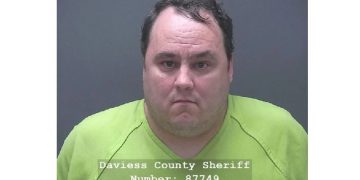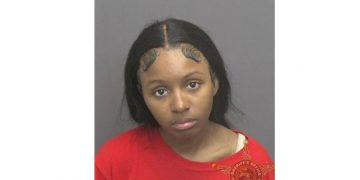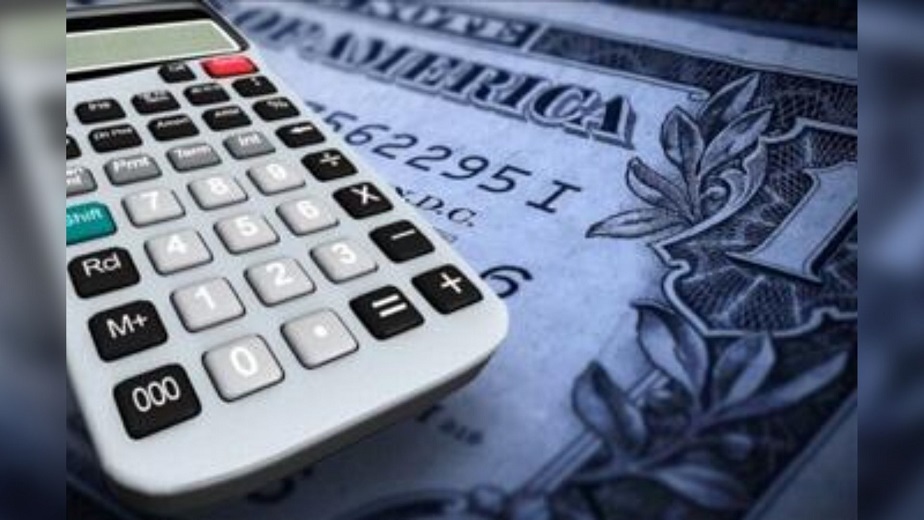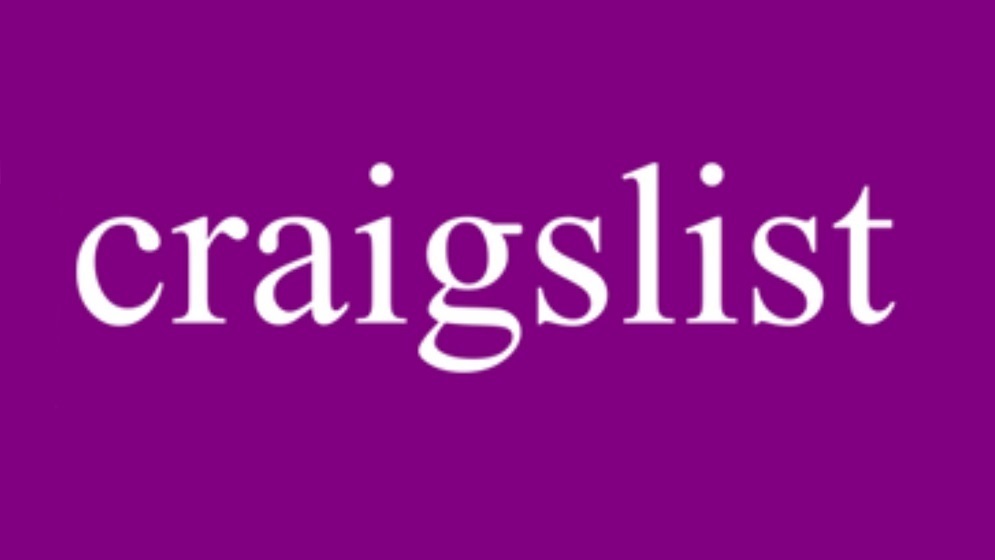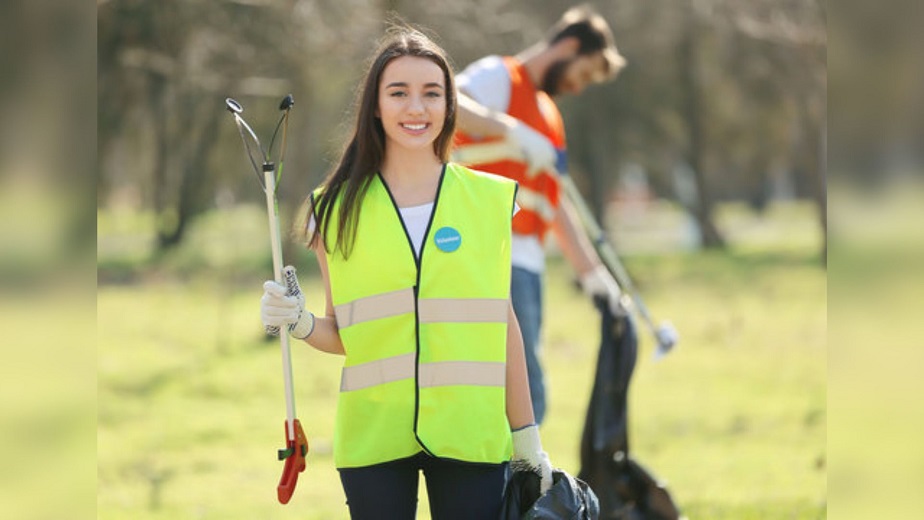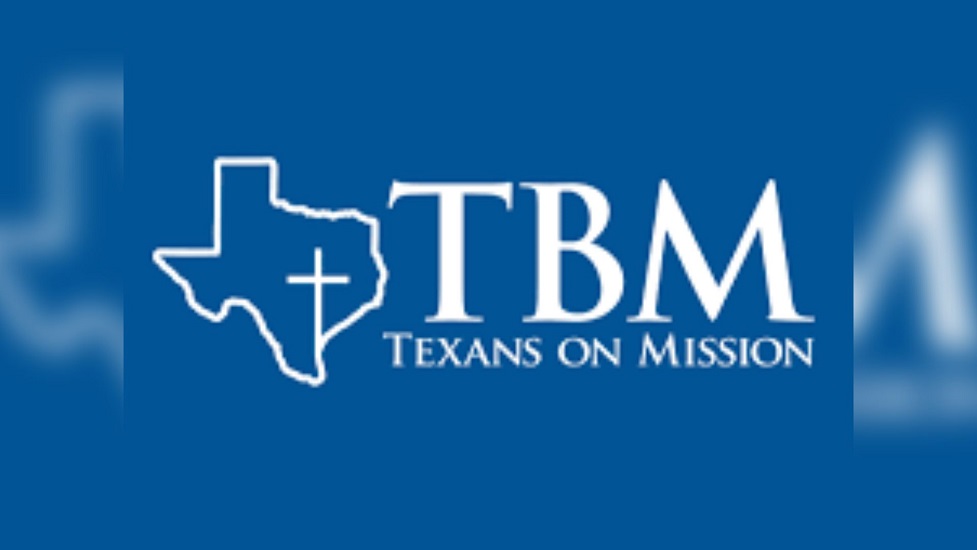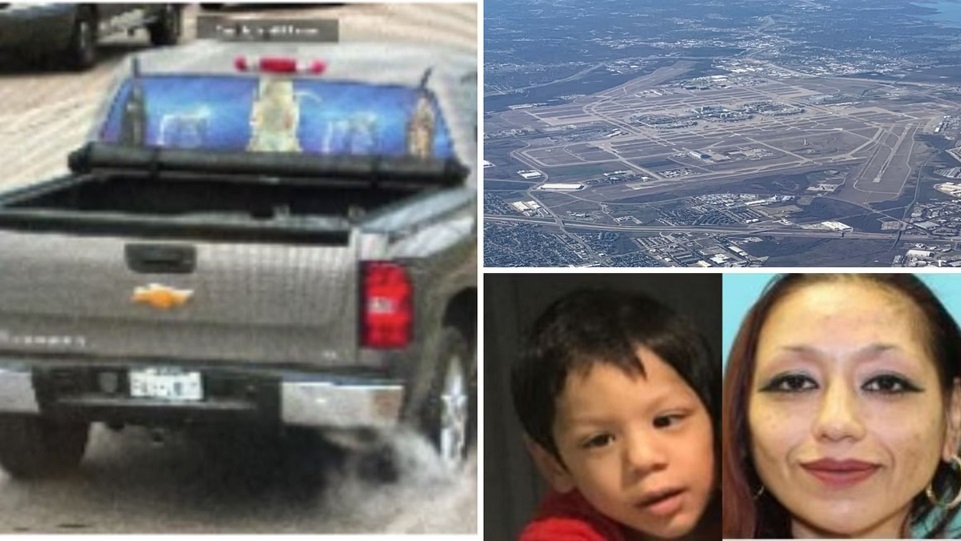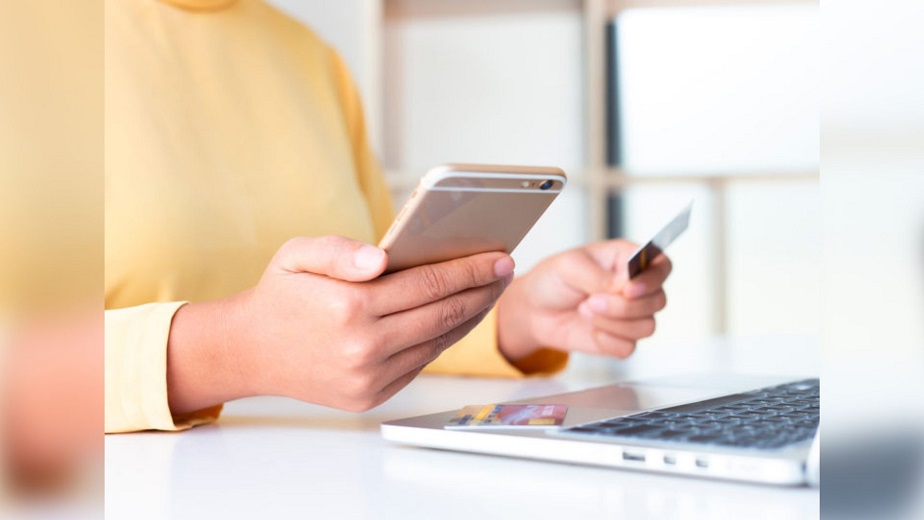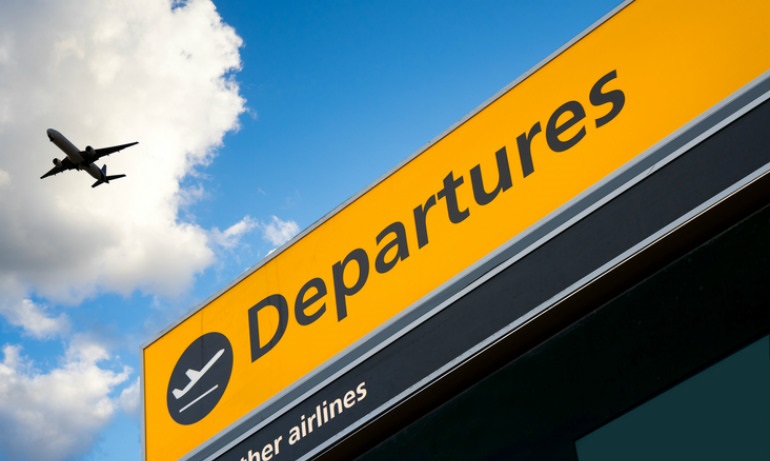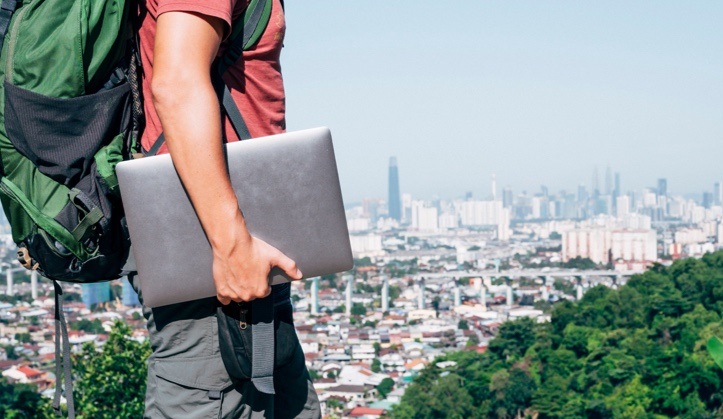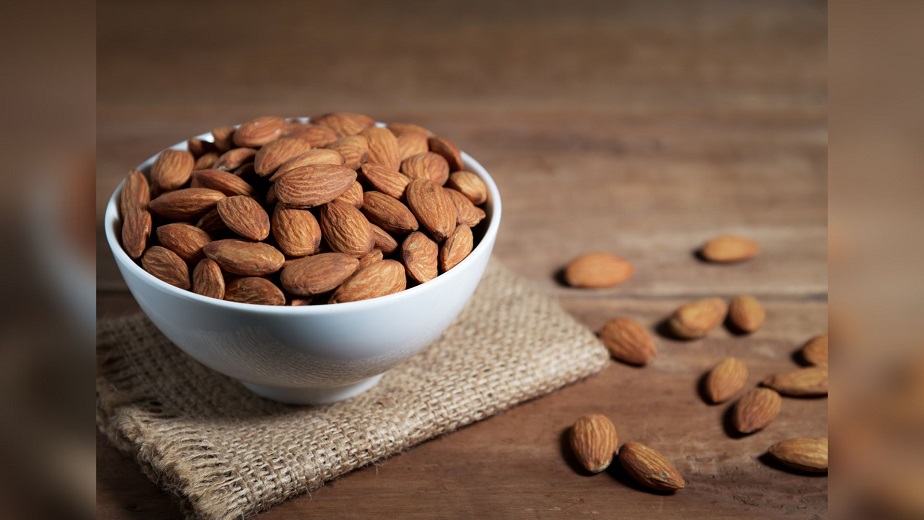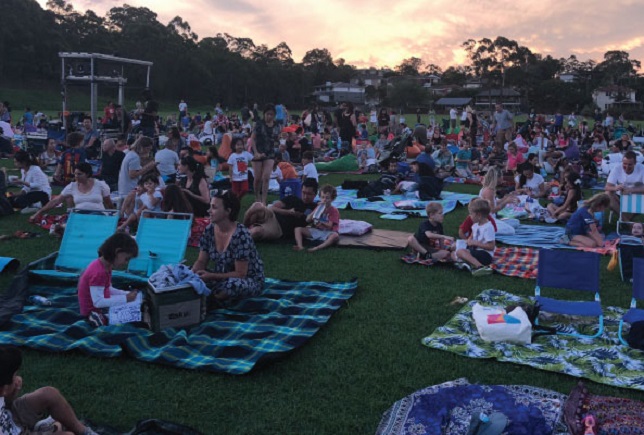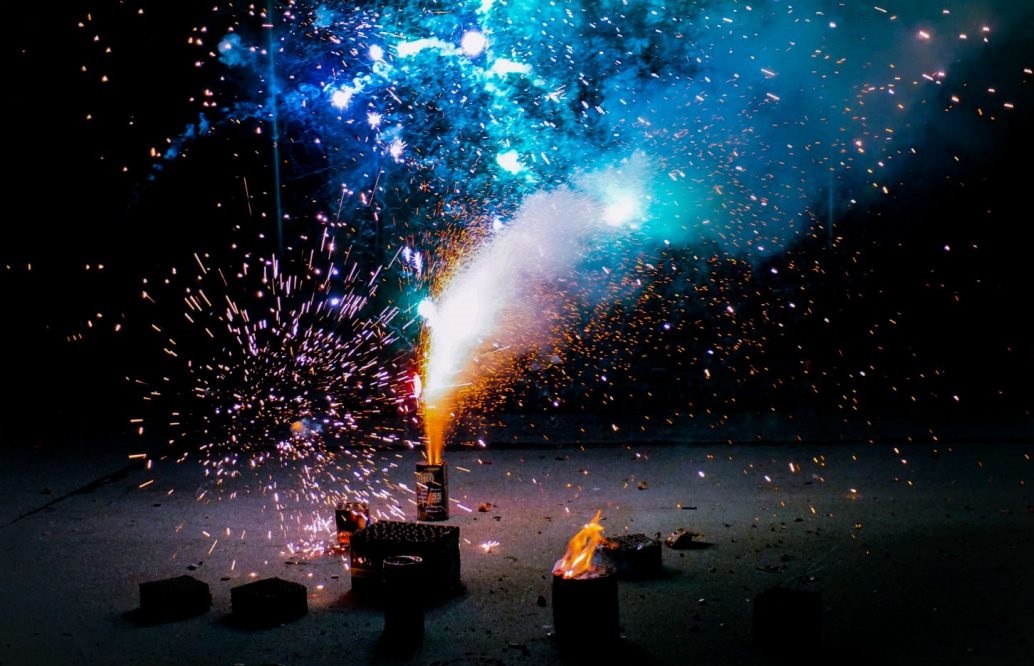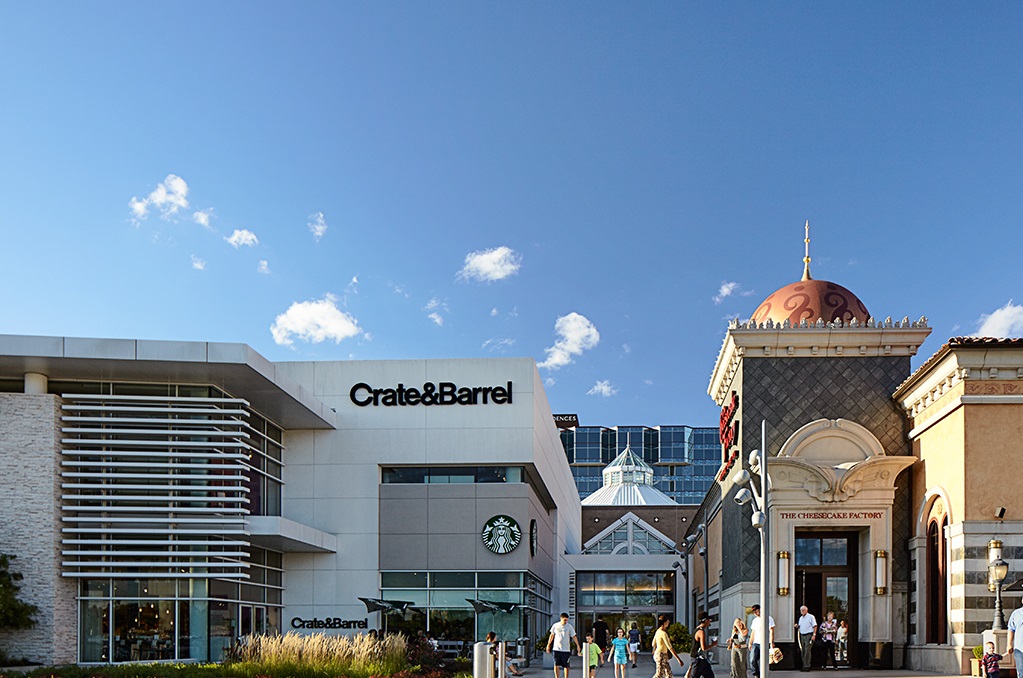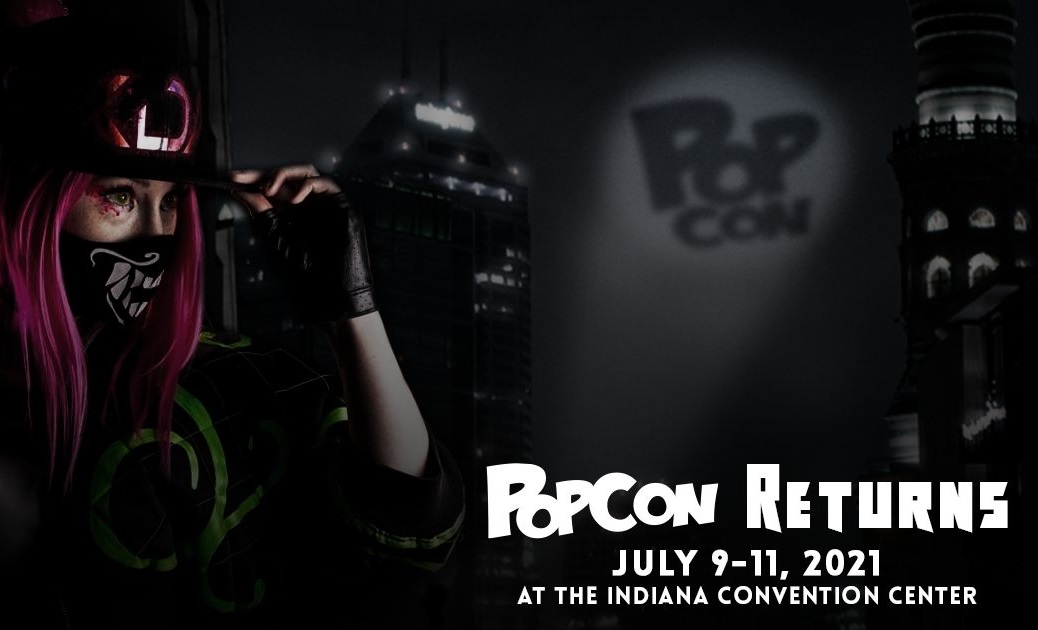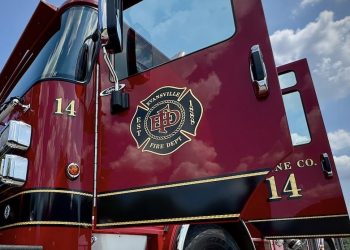Bloomington, Indiana – A trial program initiated by Bloomington Transit (BT) last year to substitute late-night service on some routes with vouchers redeemable for rides on Uber or Lyft is now scheduled to continue, with a few modifications.
BT Late Nite is the name of the Uber-Lyft alternative.
The method of using TNCs as a substitute for operating 40-foot buses on set routes is referred to in the public transportation sector as “microtransit.”
The areas of town covered by routes whose late-night service was suspended last year are included in the service area of BT Late Nite.
At the board’s regularly scheduled monthly meeting on Tuesday, BT general manager John Connell gave a presentation on program adjustments.
Passengers on BT Late Nite paid the same $1 fare as those on fixed routes during the experimental operation. Passengers would pay $2 for BT Late Nite to continue because BT views it as a “premium” service, according to Connell. This is so that passengers can use the Uber and Lyft services, which don’t just travel between bus stops, but also from their starting point to their final destination.
BT will still be covering the majority of the cost of journeys taken on BT Late Nite despite the passenger ticket being doubled. For the nearly 6,000 journeys that were made in March of this year, BT paid the two transportation network companies (TNCs) almost $56,000.
This equals an average subsidy of $9.42 for each ride. That still falls within the range of what it would have cost BT to offer fixed-route service between 9 p.m. and midnight, when BT Late Nite operates.
Fixed-route bus fares typically don’t cover the whole cost of operating the service at any given time of day. Local, state, and federal property taxes help to make up the shortfall.
According to data that BT gave to the National Transit Information Database, for 2019, the most recent full year that was not impacted by the COVID-19 pandemic, the farebox recovery ratio for its fixed-route buses was roughly 24 percent. Therefore, the cost of delivering the service was covered by the fares to the tune of 24%.
Connell also informed the board at the meeting on Tuesday that BT will reduce the maximum amount per ride it would pay for BT Late Nite from $19 to $14.
A distinct prototype microtransit service, known as Eastside On-Demand, will come to an end thanks to BT. That service was available all day, not just in the late evening. It was designed to offer riders who had ridden the previous Route 8, which was discontinued last year, a substitute service.
The money BT has been investing in Eastside On-Demand, according to Connell, will be used to make BT’s paratransit service a same-day service. BT Access, the company’s paratransit service, currently requires reservations for rides a day in advance.
Connell also informed the board at the meeting on Tuesday that he is trying to expand BT’s pool of drivers as he anticipates possible enhanced service levels in the fall. Right now, BT is still not providing as many service hours as it did before the pandemic.
Connell informed the board that the outcome of discussions with Indiana University may affect the level of service BT offers this fall.
For the privilege of allowing students, teachers, and staff to board the bus with just their university ID, Indiana University pays Bloomington Transit over $1 million yearly. The contract for the following year is now being discussed with the university. Connell is unsure if IU wants to resume using BT to provide campus routes at the same level of service that it did prior to the epidemic.
The number of BT passengers is still trending stronger than it did last year. The amount of ridership so far this year is up 32% over last year.
However, the 230,000 rides provided in April of this year were still only around 70% of the 314,000 rides provided in April of last year.















